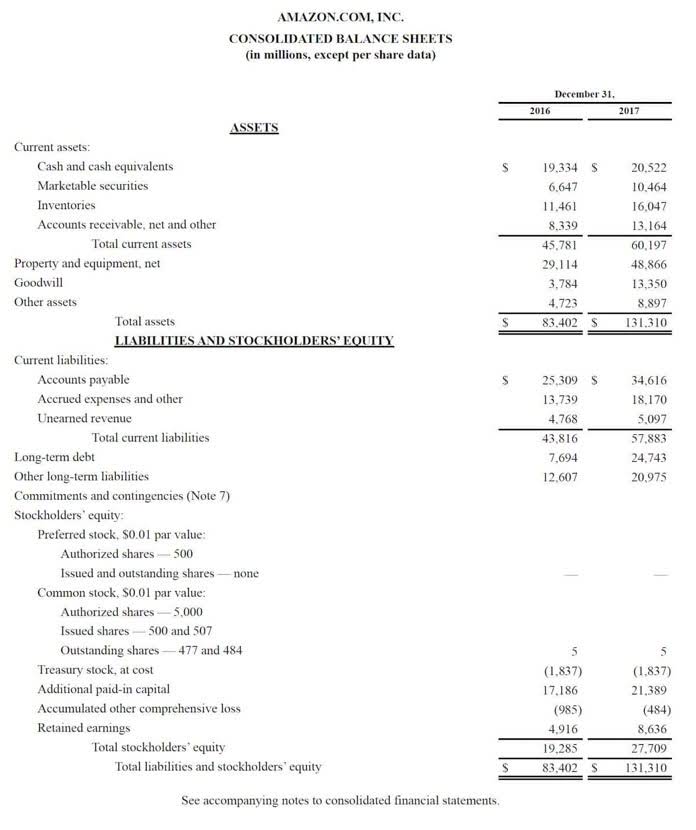
This means you don’t have to worry about setting aside money for taxes or dealing with the headache of quarterly tax payments like independent contractors do. Taxes are not automatically withheld when you are a 1099 contractor. You can become a part of this arrangement by signing an agreement with a placement agency. Your resume will be shared with the clients of the placement agency. On getting selected by one of the companies, you can start working.
Where do you need a service provider?
- Generally, the fundamental distinction between W-2 employees and independent contractors is that W-2 employees don’t control the work they do or the manner in which they do it.
- No matter which job option you prefer, you will have an interview with the company that matches you before you start working.
- As such, Form W 3 serves as a summary of all the W2 forms that an employer files.
- With its user-friendly interface, BoloSign makes it easy to create, send, and manage digital documents securely and efficiently.
- Let’s clarify the definition of a W-2 employee for you and explore its most significant implications.
- The primary tax documents involved in this process are Form W-2 and Form W-4, which are essential for proper tax withholding and reporting to the Internal Revenue Service (IRS) and state tax agencies.
This form records an employee’s annual wages and the amount of taxes withheld from their paycheck. It’s not just a piece of paper; it’s a key component in the U.S. tax system, ensuring accurate reporting of income and taxes to the Internal Revenue Service (IRS). In 2019, 91% of independent contractors confirmed in a survey that they earned more money doing contract work than when they were employees on a company’s payroll. Employers are often willing to pay higher rates for contractors since they don’t cover benefits. A single annual salary doesn’t limit contractors–you can work with as many clients as they want. Employers withhold federal income tax from their employee’s paychecks based on withholding information employees provide on Form W-4.
The Difference Between W-2 and 1099 Forms

W2 employees enjoy any benefits the company provides like insurance, wellness programs, paid time off, vacation days, retirement contributions, paternal leave, and more. Several U.S. states and territories explicitly prohibit willing to work on w2 employers from requesting salary history during the initial interview, including W2 forms, during the hiring process. These laws aim to prevent pay discrimination and promote fair hiring practices. Understanding the distinctions between W2 and 1099 workers is essential for both employers and their workforce, as these differences affect taxes, benefits, and the nature of the employment relationship. Another great option is to look for project-specific sites that allow businesses to post their job openings so they can quickly find qualified contractors.
Understanding the W-2 Form

So no matter what normal balance route you decide to go down, there are plenty of options out there and it’s up to you to find the one that works best for you. If you’re considering getting a W2 contract over full-time employment, you should know that there are many benefits to doing so. One of the biggest advantages of opting for a W2 contract is the flexibility it provides. Not only do you have more control over when and where you work, but there is also less commitment involved.

Lastly, you’ll need to do the same thing you did in the previous section for the employee’s state and local income and income taxes. In the first 15 boxes, you’ll be focusing on filling in all related federal income and tax information. We are all familiar with employment contracts and individuals working for companies as “employees”. In essence, a contractor is considered an independent business person who renders services for a profit (just like any other for-profit corporation). This is to be contrasted with the 1099 tax form where an independent Grocery Store Accounting consultant or independent contract getting service fees will be issued a 1099 form. W2 is actually a tax form required by the IRS when a person is employed by a company as an employee.
- Employees are expected to report this information on Form 1040 to complete their federal tax returns.
- However, it’s important to not make any assumptions and consider the facts.
- This number is used within the payroll department to identify and file this specific W2 form.
- Employers are often willing to pay higher rates for contractors since they don’t cover benefits.
- A W2 contract job refers to a unique employment arrangement where an individual works as a contractor for a client through a temporary staffing agency.
- That control rests with their employers, even if they don’t always use it.
(3) The amount of the employee’s income that is subject to social security tax. Your employer fills out all of these boxes for you, but you still might need to understand a bit about each section when you use this form to file taxes. Make sure they have the right contact information for you, whether that’s mailing information or online information. Some companies send their W2 forms to employees through the mail, while others offer the option to get your W2s sent to you electronically. As a W2 employee, your employer’s payroll department will then handle creating your W2 form each year and sending a copy to you and the IRS at the beginning of each year.
- Independent contractors, or 1099 employees, are self-employed people who work with clients typically on a project basis and are not on a company’s payroll.
- Employers need to send W2 forms to employees and the IRS by January 31st each year.
- The document also includes important details such as the employee’s Social Security Number and the Employer Identification Number (EIN).
- Now, John performs duties prescribed by the organization, i.e., end client of a staffing agency, which is XYZ Company in this case, within working hours and rules of the organization.
Classification Criteria
The W-2 form, while seemingly simple, plays a crucial role in the U.S. tax system. It serves as a vital link between employers, employees, and the IRS, ensuring accurate reporting of wages and taxes. For employees, understanding your W-2 is key to managing your taxes effectively and avoiding potential issues with the IRS.
In the realm of payroll, adherence to regulatory requirements for W-2 employees is a serious obligation for employers, with stringent penalties for noncompliance imposed by the IRS and other tax authorities. In addition to federal taxes, employees may be subject to state and local taxes. Employers withhold these taxes from employee wages and submit them to the appropriate state and local authorities. However, foreign employees working for a U.S. company receive a Form 1042, officially called the Annual Withholding Tax Return for U.S.